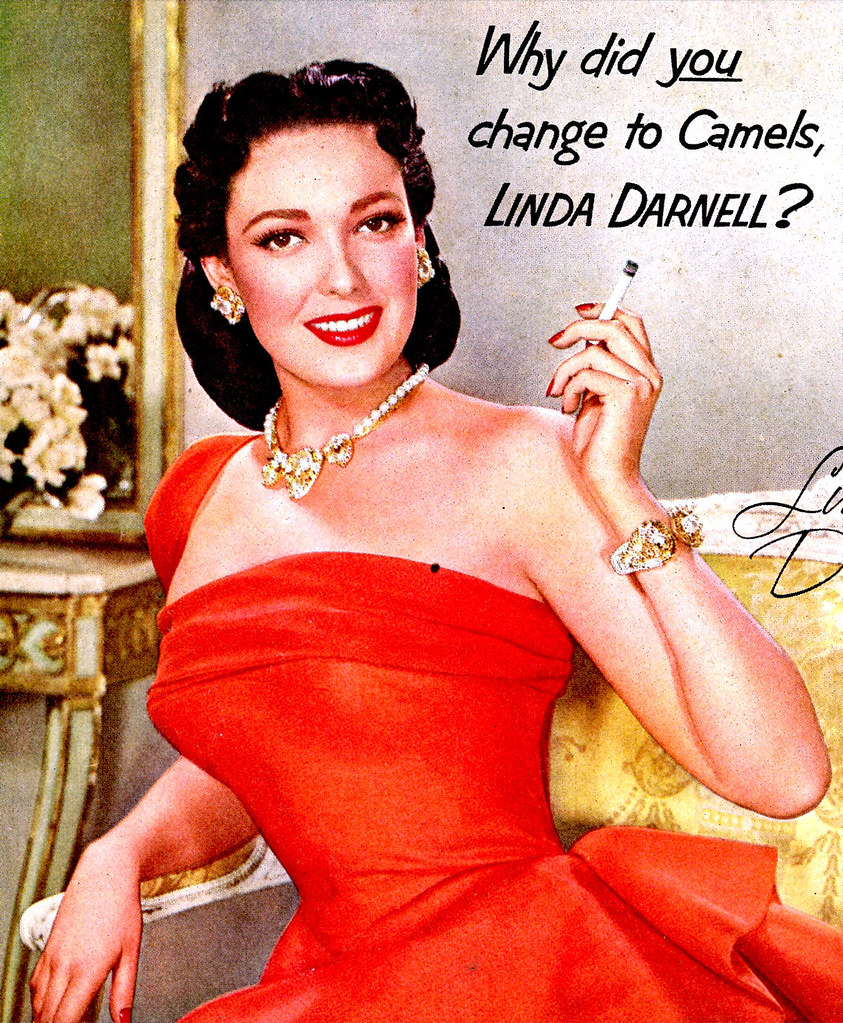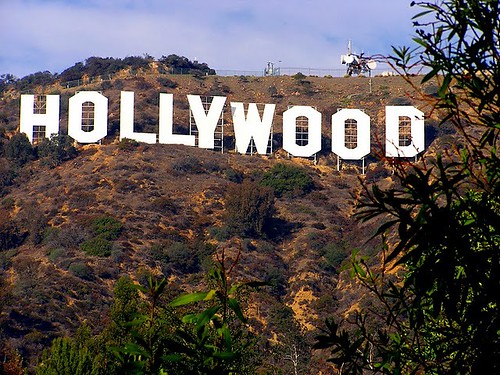
In the dazzling, often unforgiving realm of 1940s Hollywood, few stars shimmered with as much initial promise and ultimately faced as much personal and professional tribulation as Linda Darnell. Her striking beauty and uniquely smoky voice quickly carved out a niche for her in an era defined by glamour and seduction, yet beneath the shimmering surface of fame lay a complex narrative of ambition, missed opportunities, and the relentless pressures of a demanding industry.
Born Monetta Eloyse Darnell, her journey into the spotlight was less a personal aspiration and more the fulfillment of a maternal dream. From a shy and reserved girl in Dallas, she was thrust into the public eye, her youthful talent and arresting looks undeniable. Despite her remarkable presence and a career spanning decades that included appearances in many major motion pictures, Darnell never quite ascended to the stratospheric heights of contemporaries like Lauren Bacall, Hedy Lamarr, or Lana Turner.
This article embarks on an in-depth exploration of Linda Darnell’s extraordinary life and career, dissecting the forces that shaped her trajectory, from the ambitious drive of her mother to the unforgiving demands of the studio system. We delve into her early triumphs, the development of her iconic screen image, the critical roles that defined her peak, and the inherent challenges that simmered beneath the veneer of Hollywood stardom, offering a comprehensive look at the remarkable woman behind the silver screen persona.

1. **A Mother’s Ambition: The Early Push into Stardom**The story of Linda Darnell truly begins with her mother, Margaret “Pearl” Brown. Pearl harbored grand aspirations for her daughter, transforming Monetta Eloyse Darnell from a shy, reserved girl growing up amidst domestic turmoil in Dallas, Texas, into a meticulously managed contender for stardom. Pearl’s ambition was relentless, reportedly pushing Linda into “one contest after another,” convinced of her daughter’s potential despite Linda’s own initial indifference.
Darnell herself, reflecting on her early years, candidly admitted, “Mother really shoved me along, spotting me in one contest after another. I had no great talent, and I didn’t want to be a movie star particularly. But Mother had always wanted it for herself, and I guess she attained it through me.” This familial dynamic laid the foundational, often fraught, path for Linda’s entry into the entertainment world. Her elocution teacher, Frances Brown, corroborated this, noting Darnell’s “sweet and considerate” demeanor, but also her mother’s omnipresent influence.
By the tender age of 11, Linda was already a model, primarily participating in beauty contests to supplement the household income. Her foray into stage acting followed swiftly, performing by the age of 13 and even being hired as one of the Texanita hostesses at the Greater Texas & Pan-American Exposition in 1937. It was during this period that a talent scout from 20th Century Fox noticed her, inviting her for a screen test in Hollywood in early 1938.
Initially, the then-14-year-old Darnell faced rejection, deemed “too young” by film studios and sent back home to Dallas. However, her undeniable charm and burgeoning talent soon led to a contract offer from RKO Pictures, though she eventually signed with 20th Century-Fox by the age of 15. The studio quickly moved her to Hollywood, marking the true commencement of her demanding and often overwhelming career.
Read more about: The Unseen Struggles: A Deep Dive into the Profound Challenges and Personal Tragedies of Tarek El Moussa’s Life

2. **Hollywood’s “Loveliest”: Initial Rise and Typecasting**Linda Darnell’s debut in “Hotel for Women” (1939) immediately captivated critics and audiences alike, with newspapers hailing her as “the newest star of Hollywood.” Despite being only 15, the studio, eager to capitalize on her mature appearance and striking features, listed her as 19, a strategic move that allowed her to take on more adult roles. Columnist Louella O. Parsons observed Darnell as “so young, so immature and so naive in her ideas,” highlighting the disparity between her presented image and her actual youth.
Her early roles cemented her image as a beautiful ingénue, culminating in “Star Dust” (1939), a film that significantly boosted her popularity and earned her the moniker “Hollywood’s loveliest and most exciting star.” Life magazine further underscored her allure, proclaiming Darnell as “the most physically perfect girl in Hollywood” and suggesting she appeared to be 22. This early success, however, came at a personal cost.
Darnell quickly realized the stark contrast between her childhood dreams of stardom and the grueling reality of film production. During the filming of “Hotel for Women,” she confessed, “I’m learning what really hard work is. At home in Dallas I used to sprawl on the lawn and dream about the nice, easy time the screen stars must be having in Hollywood, but the last two months have taught me quite another story.” The glamour, she found, was hard-won.
Her burgeoning stardom also brought tangible rewards, with her studio contract swiftly revised to an impressive US$200 a week. Yet, the emphasis on her physical perfection and youthful charm also began to subtly box her in, laying the groundwork for the typecasting that would later frustrate her artistic ambitions. This initial period was a whirlwind of praise and demanding schedules, shaping her public persona while quietly beginning to exact a toll on the private individual.
3. **The Tyrone Power Partnership and Early Success**Linda Darnell’s early career at 20th Century-Fox was significantly marked by her frequent co-starring roles with the era’s heartthrob, Tyrone Power. From the outset, Darnell expressed a keen interest in working with Power, noting her desire to star opposite him in films like “Johnny Apollo” (1940), though that particular role ultimately went to Dorothy Lamour due to its incidental female part.
However, fate soon intervened, and Darnell landed the female lead opposite Power in the light romantic comedy “Day-Time Wife” (1939). The film, while receiving only “slightly favorable reviews,” showcased Darnell’s burgeoning talent, with critics praising her ability to deliver an “outstanding performance” alongside popular players despite her youth. Another critic lauded her as “not only a breath-taking eyeful, but a splendid actress, as well,” solidifying the foundation of their on-screen chemistry.
The undeniable box office success of “Day-Time Wife” prompted Darryl F. Zanuck, the studio head, to strategically pair them again. Their second collaboration, “Brigham Young” (1940), was a big-budget production, regarded as 20th Century Fox’s most expensive film to date. Their highly publicized onscreen relationship was so potent that Zanuck reportedly added “18 more romantic scenes” to the film, capitalizing on their popular appeal.
Their partnership reached another zenith with “The Mark of Zorro” (1940), an adventure film that was not only critically raved but also a massive box office sensation. This particular role, for which Anne Baxter was initially considered, did much to further enhance Darnell’s star status, making her a recognized name in the burgeoning galaxy of Hollywood. By June 1940, Darnell was earning a “weekly salary larger than most bank officials,” a testament to her rapid ascent alongside Power.

4. **Beneath the Glamour: Professional Setbacks and Studio Disillusionment**While “Blood and Sand” (1941) garnered Linda Darnell wide critical acclaim, marking a significant artistic achievement, she later viewed this very film as the turning point towards her career’s decline. The sweet, innocent characters she had been playing, she felt, had grown tiresome to audiences, leading her to “the bottom of the roller coaster.” This realization, she noted, was “very subtle,” but deeply impactful, as she perceived that she had “crammed thirty years into ten” and missed out on a genuine girlhood.
The studio, despite her talent, struggled to find suitable roles that evolved beyond her established “sweet young thing” persona. She was considered for numerous significant parts, such as “Song of the Islands” (1942) and “Remember the Day” (1941), but these opportunities consistently slipped through her fingers, often going to other actresses. A particularly stinging disappointment was being passed over for the lead in “Swamp Water” (1941) in favor of Anne Baxter, an experience that resonated deeply as she lamented, “Right under your very nose someone else is brought in for that prize part you wanted so terribly.”
Months of idleness ensued, a stark contrast to her earlier whirlwind schedule. By August 1941, still only 17, she was relegated to a supporting role in the musical “Rise and Shine” (1941), a clear setback. Further compounding her professional woes, she reportedly refused to respond to Darryl F. Zanuck’s advances, which contributed to her being overlooked for subsequent roles, leading to a period of explicit disfavor within the studio.
Instead of acting, Darnell devoted her energies to the war effort, working for the Red Cross and selling war bonds, becoming a regular at the Hollywood Canteen. This period marked a significant shift, as the bright promise of her initial stardom began to dim under the weight of typecasting, studio politics, and her own growing disillusionment with the roles she was offered—or rather, not offered.
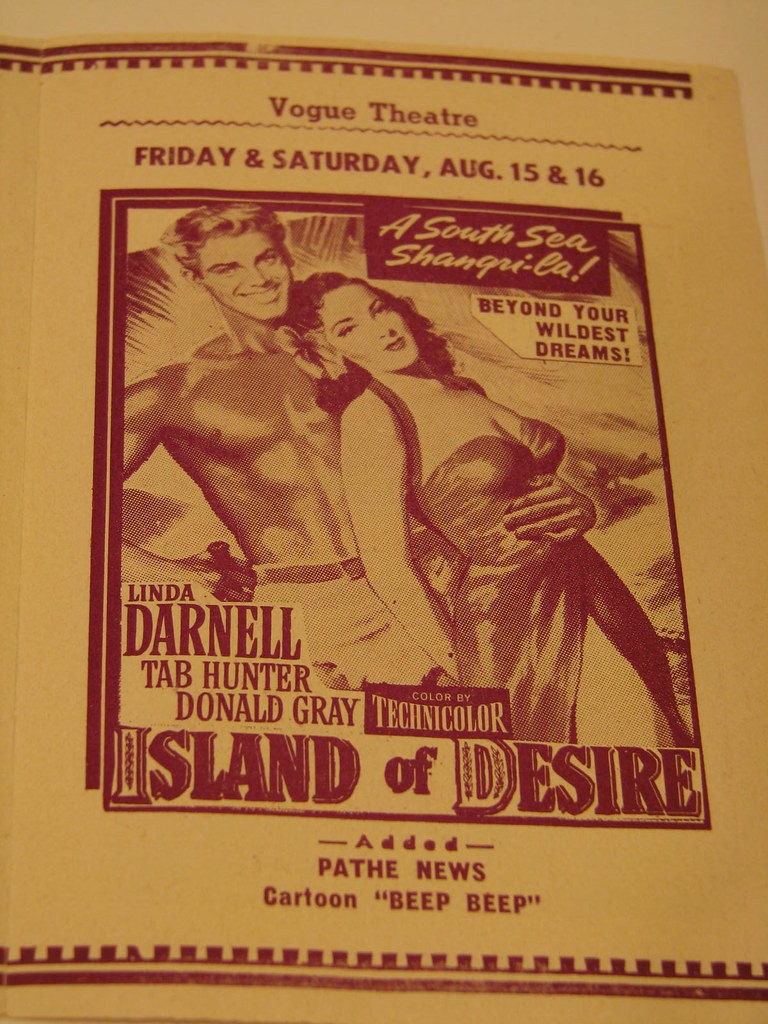
5. **A Transformative Turn: The “Femme Fatale” Image and Critical Acclaim**Linda Darnell’s career trajectory saw a pivotal, transformative shift in the mid-1940s, moving her beyond the “sweet young things” and into the more complex, often darker, roles of the femme fatale. After a period of professional setbacks and being cast in roles she loathed, such as “Orchestra Wives” (1942), and even enduring a suspension, her perseverance eventually led to a breakthrough that redefined her screen image.
By late 1943, Darnell was increasingly frustrated by critics who lauded her beauty but overlooked her acting prowess. Her performance in “Sweet and Low-Down” (1944) exemplified this, with one critic noting, “Linda just doesn’t have enough to do—but looks beautiful doing it.” However, a turning point arrived in 1944 when Look magazine named her one of the “four most beautiful women in Hollywood,” alongside luminaries like Hedy Lamarr, Ingrid Bergman, and Gene Tierney. This recognition seemed to prompt the studio to grant her a more challenging opportunity.
She was lent out to United Artists for “Summer Storm” (1944), an adaptation of Anton Chekhov’s “The Shooting Party.” This role was a radical departure, casting her as a “seductive peasant girl who takes three men to their ruin before she herself is murdered.” Darnell embraced the risk, stating, “I was told that such a violent change of type might ruin my career, but I insisted on taking the chance.” She passionately articulated her desire for such a challenging part: “The character in the Chekhov film is a wild sort of she-devil, which any actress would go miles to play. She’s devil mostly—at times angelic—and perfectly fascinating to interpret. I’m counting on my Russian girl to give me a new start.”
“Summer Storm” proved to be a critical success, providing Darnell with a new screen image, notably transforming her into a popular pin-up girl. This renewed artistic momentum led to more substantial roles, including “Hangover Square” (1945), a film she personally selected, which became a great success. Her performance in the film noir “Fallen Angel” (1945), despite working under the “terrifying” director Otto Preminger, garnered such widespread praise that there was even talk of an Academy Award nomination. These roles showcased her talent beyond mere good looks and solidified her status as a serious actress.
Read more about: Remember the ’90s? These 15 Actresses Were the Absolute Queens of Beauty and the Silver Screen!
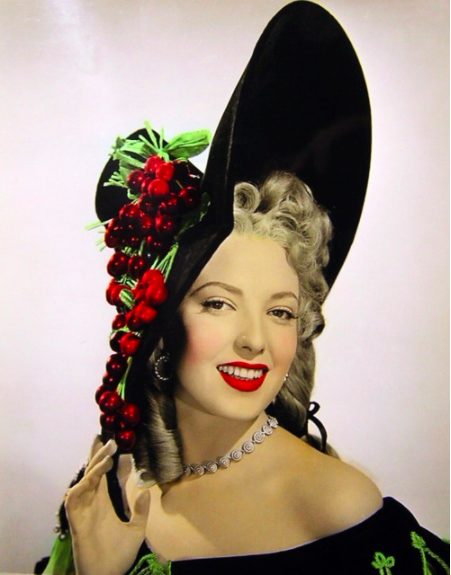
6. **The Epic Challenge of ‘Forever Amber’: High Stakes and High Pressure**In 1946, Linda Darnell secured the starring role in the highly anticipated film “Forever Amber,” an adaptation of the bestselling historical novel. This was no ordinary part; the novel itself was a cultural phenomenon, albeit one denounced as immoral at the time, and the film was positioned as 20th Century Fox’s most expensive production to date, drawing comparisons to “Gone with the Wind.” Darnell replaced British actress Peggy Cummins, with the studio incurring a cost of US$350,000 for the change, a testament to the high stakes involved.
The character of Amber, a beauty who manipulates men to forge her fortune in 17th-century England, demanded immense dedication. Darnell, typically known for her raven hair and “somewhat Latin looks,” famously appeared as a redhead for this role, a distinct departure from her usual appearance. The production required rigorous preparation, including a strict diet, elocution lessons for an English accent, and countless hours in fittings for her elaborate period costumes. Darnell was convinced this was her “ticket to stardom,” declaring, “My first seven years in Hollywood were a series of discouraging struggles… The next seven years aren’t going to be the same.”
The filming itself proved to be an arduous and exhausting ordeal. Darnell worked punishingly long hours at the studio, a regimen compounded by her reportedly growing animosity towards director Otto Preminger and the severe dieting she endured. This intense pressure took a heavy toll on her health, leading to exhaustion and a serious illness in November 1946, and she reportedly collapsed twice on set before shooting concluded in March 1947.
Despite the immense investment and anticipation, “Forever Amber” did not entirely live up to its monumental hype. While it was a financial success at the box office, many reviewers found the film itself to be a disappointment. Darnell, too, was disheartened by its reception, as it failed to garner the widespread critical recognition she had so deeply desired, leaving her feeling that the intense personal sacrifices had not fully yielded the artistic rewards she had envisioned.
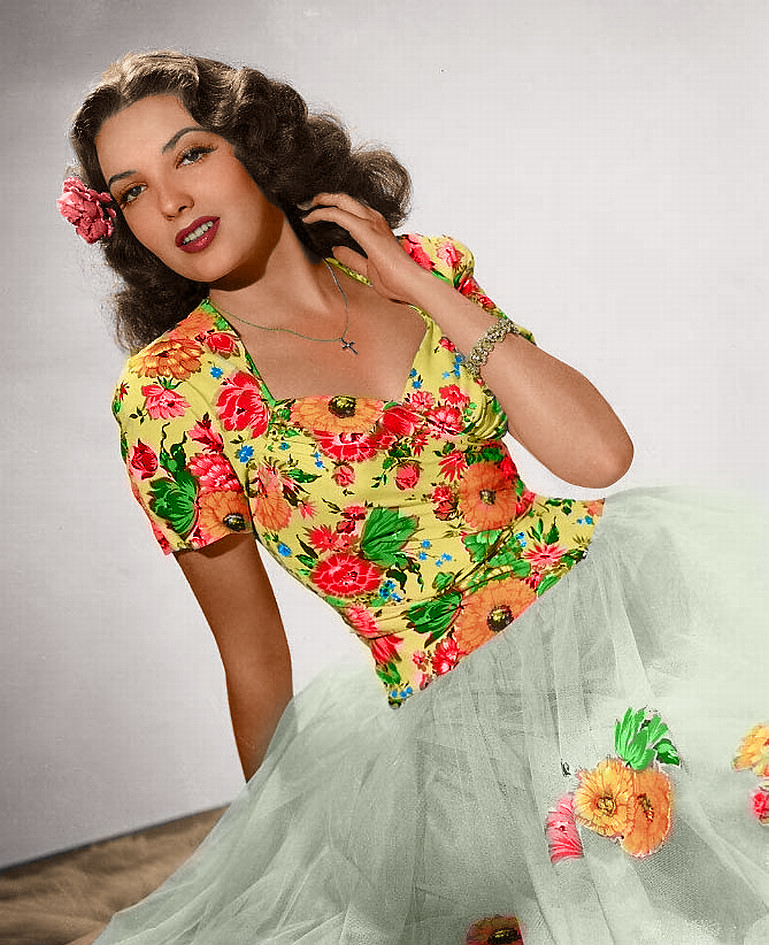
7. **The Peak and Precipice: ‘A Letter to Three Wives’ and Missed Oscar Glory**Following the demanding production of “Forever Amber,” Linda Darnell transitioned to roles that would bring her some of the most profound critical acclaim of her career. In the subsequent year, she starred as Daphne de Carter in Preston Sturges’ sharp comedy “Unfaithfully Yours” (1948), sharing the screen with Rex Harrison. This was swiftly followed by her being “rushed into production” for one of the titular roles in the comedy/drama “A Letter to Three Wives” (1949), a film that would indelibly mark her place in cinematic history.
Darnell’s performance in “A Letter to Three Wives” was nothing short of a triumph. Her portrayal was described as “hard-edged,” and she earned “unanimous acclaim” and “the best reviews of her career.” Critics lauded her nuanced and powerful acting, confirming her capabilities far beyond her striking beauty. This success propelled her into a coveted position, making her “one of the most in-demand actresses in Hollywood” and affording her the newfound freedom to selectively choose her own roles, a privilege few stars truly enjoyed.
This period also saw Darnell express a keen interest in the leading role for the controversial film “Pinky” (1949). However, studio head Darryl F. Zanuck, ever mindful of public perception, feared that her character would inevitably be compared to Amber, a role that had caused its own stir. Consequently, her “A Letter to Three Wives” co-star Jeanne Crain was cast instead, a decision that, while perhaps practical for the studio, was undoubtedly a missed opportunity for Darnell.
The peak of her critical success with “A Letter to Three Wives” was, however, quickly followed by a disheartening precipice. Darnell had been “widely expected to win an Academy Award nomination” for her acclaimed work. When this nomination failed to materialize, it signaled a subtle but significant turning point, and her career, almost immediately, began to wane. Her next film, “Slattery’s Hurricane” (1949), co-starring Richard Widmark and Veronica Lake, while performing well at the box office, was perceived by Darnell herself as a “step down” from the elevated artistic level she had reached, foreshadowing the challenges that lay ahead.
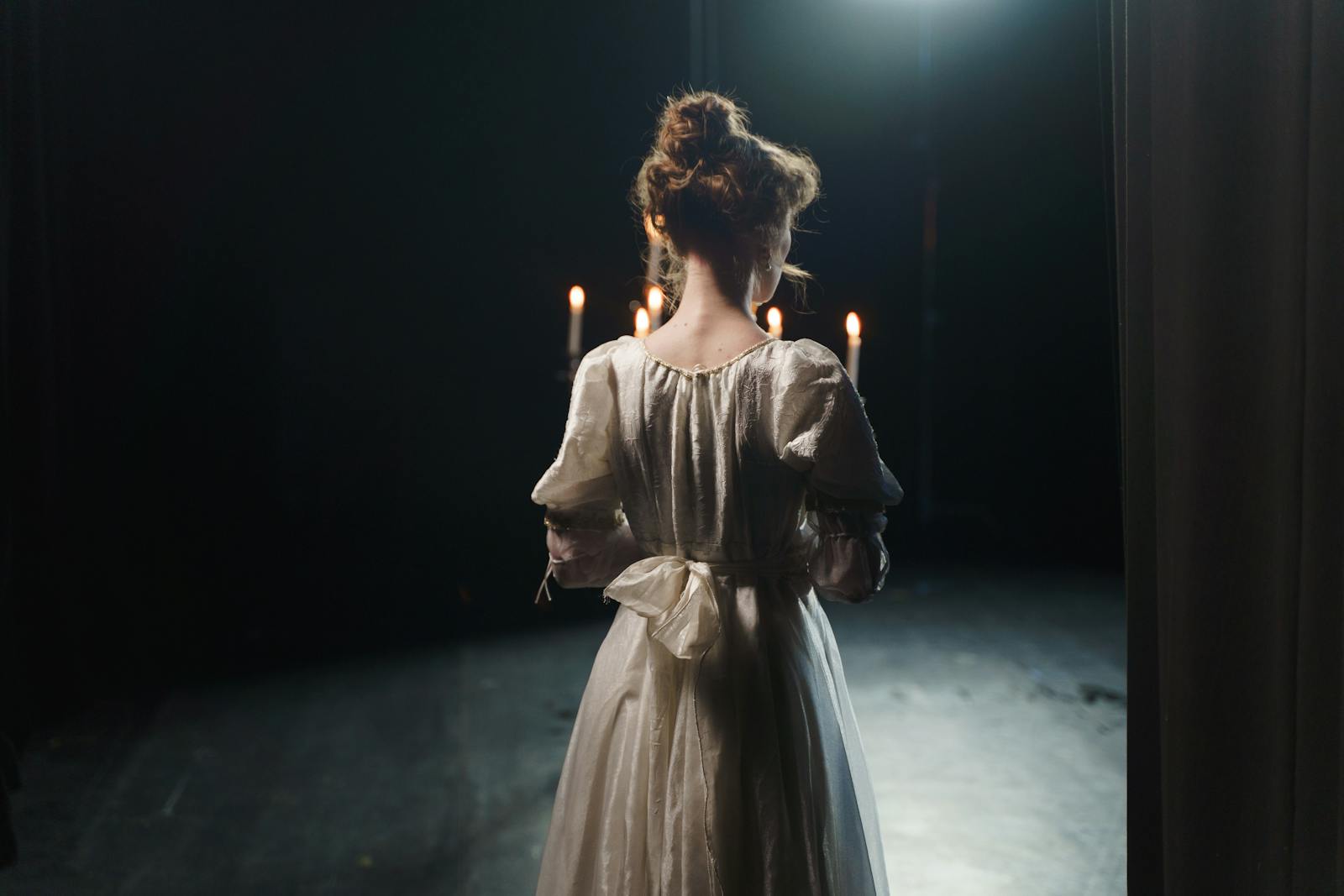
8. **Career Decline and the Search for Depth**The luminescence that defined Linda Darnell’s peak began to dim with the turn of the decade. As the 1950s dawned, Hollywood’s often-cruel disposition towards leading ladies, particularly those perceived to be losing their youthful “sex appeal,” meant offers dwindled. This cast a long shadow over a career that had promised so much.
Among the few exceptions was her co-starring role in the gritty film noir “No Way Out” (1950), directed by Joseph L. Mankiewicz. Darnell herself later reflected on this project with rare pride, calling it “the only good picture I ever made.” This powerful film, featuring Richard Widmark, Stephen McNally, and Sidney Poitier, proved her dramatic capabilities, showcasing talent beyond mere beauty.
Yet, this artistic triumph was an anomaly amidst less noteworthy projects. Her involvement in the Western “Two Flags West” (1950) was fraught with personal discomfort due to a severe allergy to horses. Compounding this, she expressed deep dissatisfaction with her “colorless” role and dislike for her co-stars, highlighting a growing disconnect between her aspirations and offered roles.
Her disillusionment continued with “The 13th Letter” (1951), ironically reuniting her with Otto Preminger. Darnell claimed she accepted this role only because it was “unglamorous,” indicating a willingness to experiment. However, this artistic defiance led to suspension when she refused a role in “The Guy Who Came Back” (1951), deeming it “too similar” and illustrating her persistent struggle against typecasting.
Read more about: The Unvarnished Truth: Unraveling Robin Williams’ Final Months and the Battle with Lewy Body Dementia

9. **The Illusion of Freelance Freedom**A significant shift occurred on March 21, 1951, when Linda Darnell signed a new contract with 20th Century Fox, becoming a freelance actress. This newfound autonomy initially seemed liberating, promising control over a career long dictated by the rigid studio system. Its confining grip was seemingly lifted, offering a taste of desired independence.
Her first venture outside 20th Century Fox was “The Lady Pays Off” (1951) for Universal-International, a role Director Douglas Sirk specifically requested. However, this promising start was tinged with sorrow when production was delayed due to the death of Ivan Kahn, the man responsible for her breakthrough. This personal loss cast a shadow over her newfound professional freedom.
Yet, initial excitement of creative independence soon gave way to sobering realization. The ease and inherent protection of a contracted star were gone, leading to resentment towards 20th Century Fox and Darryl F. Zanuck, and a profound sense of abandonment.
In a candid, poignant reflection, Darnell questioned, “Suppose you’d been earning $4,000 to $5,000 a week for years. Suddenly you were fired and no one would hire you at any figure remotely comparable to your previous salary.” Her lament continued, “The only thing I knew how to do was be a movie star. Who wants to be retired at twenty-nine?” This underscored the immense personal and financial insecurity now gripping her, a stark contrast to her earlier glamorous stardom.
Read more about: Seriously, What Were They Thinking?! The 6 Wildest Internet Challenges People Actually Tried That Prove Humanity Hit TikTok Bottom

10. **European Escapades and Hollywood’s Shifting Sands**With newfound freelance status, Linda Darnell briefly turned to the vibrant European film industry, hoping to rekindle her career and explore diverse roles. Before a two-picture deal with Italian producer Giuseppe Amato, she was hastily integrated into “Blackbeard the Pirate” (1952). To her chagrin, this film’s schedule ran significantly behind, a recurring frustration.
Her journey to Italy in August 1952 marked a new chapter, filming “Angels of Darkness” (1954) by February. However, this proved far from the anticipated revival. The collaboration with Amato devolved into a “disastrous” venture, with the film never released in the United States, rendering her efforts largely invisible.
A delay during “Angels of Darkness” temporarily sent her back to Hollywood. There, she accepted Howard Hughes’ offer for RKO’s “Second Chance” (1953), a 3-D film shot in Mexico. This brief American return was followed by another flight to Rome to complete her Italian-speaking role, a testament to her dedication despite the troubled project.
Upon returning to New York, Darnell mistakenly believed she would star in Joseph L. Mankiewicz’s “The Barefoot Contessa” (1954), hoping for new dramatic heights. This aspiration was cruelly dashed, learning through trade papers that Ava Gardner had assumed the role. This series of misfires painted a bleak picture of her navigation through the challenging post-studio landscape.
11. **Tumultuous Marriages and the Onset of Personal Demons**Beyond her shifting career, Linda Darnell’s personal life was marked by tumultuous relationships and profound struggles. Her first marriage, at 19, was to 42-year-old cameraman Peverell Marley in 1943. This union drew disapproval, with many suggesting Darnell viewed Marley more as a paternal figure than a romantic partner.
During this marriage, around 1944, Marley, a “heavy drinker,” introduced Darnell to alcohol. This tragically escalated into an addiction, contributing to weight problems. Close acquaintances noted a dramatic change, observing her transformation into a “hardened and hot-tempered” individual, a stark contrast to her earlier demeanor.
Despite challenges, Darnell and Marley adopted a daughter, Charlotte Mildred (“Lola”), in 1948, their only child. Yet, motherhood’s joys couldn’t mend their relationship’s widening cracks. In mid-1948, Darnell became romantically involved with director Joseph L. Mankiewicz, her “great love of her life,” leading to her filing for divorce that July.
While the affair with Mankiewicz reportedly continued for six years, he never acknowledged it, unwilling to leave his wife. This unrequited intensity, coupled with his departure for “All About Eve” (1950) in late 1949, plunged Darnell into severe depression, reportedly to the brink of suicide. In 1951, she divorced Marley, accusing him of cruelty, gaining custody of Lola but losing most of her money.
Read more about: Beyond the Spotlight: Unveiling the Unseen Truths and Troubled Soul of Marilyn Monroe’s Private Life

12. **Battling the Ravages of Addiction and Despair**Linda Darnell’s struggle with alcohol, ignited early in her first marriage, became a pervasive shadow over her life and career. Turner Classic Movies (TCM) explicitly identified her growing alcohol abuse as a significant factor in the drying up of film offers in the 1950s. This created a devastating cycle where personal battles exacerbated professional decline.
This struggle manifested in dwindling career opportunities and noticeable physical changes, particularly weight gain, challenging her image. Professional disappointments and personal struggles created a potent cocktail of despair, leading to deep emotional turmoil.
By November 1958, Darnell was enveloped in severe depression, a testament to her life’s heavy toll. Amidst this darkness, she sought help, entering rehab and achieving a period of recovery. This act, though not a permanent solution, highlights her underlying will to fight her demons.
Her personal life remained challenging. Following her divorce from Marley, she married brewery heir Philip Liebmann in February 1954. This marriage, by her admission, was a loveless “business arrangement” for financial support. Deeply dissatisfied, she channeled energies into charity work, opening facilities for girls in Rome, seeking purpose. She later divorced Liebmann, losing custody of an adopted baby, Alfreda. Her final marriage to Merle Roy Robertson (1957-1963) also ended in acrimony, with Darnell accusing him of infidelity in court, underscoring the relentless personal strife of her later years.

13. **A Brief Resurgence on Television and the Stage**As cinematic opportunities waned, Linda Darnell sought new avenues in television and on stage. This period represented a pragmatic adaptation to a changing entertainment landscape. It was a bid to remain active, though it didn’t fully recapture her Hollywood grandeur.
Her initial television foray was marked by eagerness to appear on popular programs, including Ronald Reagan’s “General Electric Theater” in August 1955. This coincided with 20th Century-Fox’s entry into TV, suggesting a desire to embrace new platforms and remain relevant.
In 1958, her television career saw a modest uptick with appearances in two episodes of NBC’s “Cimarron City.” That same year, she guest-starred in two episodes of “Wagon Train,” first in “The Dora Gray Story” and then reprising the role as Dora Gray Fogleberry. This demonstrated her versatility and continued appeal to television audiences.
Beyond the small screen, Darnell also returned to her theatrical roots. Her last recorded acting engagement was a stage production in Atlanta in early 1965. Poignantly, at her untimely death just months later, she was preparing for another play, indicating renewed commitment to her craft despite the absence of major studio lights.
Read more about: Sam Moore, Vocal Dynamo of Soul Duo Sam & Dave, Dies at 89; His Tenor Defined an Era and Endured for Decades

14. **The Chilling Premonition and Tragic End**Linda Darnell’s life concluded tragically on April 10, 1965. She was visiting her friend, Jeanne Curtis, in Chicago, where they watched a television broadcast of Darnell’s own 1940 film, “Star Dust.” This provided an ironically poignant reflection on her early career.
A devastating fire erupted, and Darnell suffered severe burns over 80% of her body. The Los Angeles Times detailed these horrific circumstances. While Curtis and her daughter escaped, Darnell’s actions inside the burning house remain shrouded in conflicting accounts, adding poignant mystery.
Turner Classic Movies (TCM) notes conflicting accounts: some say Darnell initially escaped, then re-entered, believing her friend’s daughter was trapped. Another account suggests she sought her mink coat. Regardless of motive, she died in the hospital two days later, tragically aged 44.
Adding an ominous note, Darnell previously portrayed a concubine who dies by fire in her 1946 film, “Anna and the King of Siam.” Her last interview, published posthumously on May 9, 1965, in the National Enquirer, carried an unsettling premonition. Darnell expressed a haunting hope that her life “doesn’t end in tragedy,” a wish heartbreakingly ungranted. Today, despite her tumultuous journey, she is immortalized with a star on the Hollywood Walk of Fame, a lasting tribute.
Read more about: Beyond the Limelight: How 13 Stars Navigated the Unspeakable Tragedy of a Family Member’s Murder
Linda Darnell’s story is a profound and moving chronicle of a life lived under the intense scrutiny of the Hollywood spotlight. From the ambitions thrust upon her as a child to the pinnacle of critical acclaim, and then through the challenging descent into personal battles and professional disillusionment, her journey encapsulates the intoxicating glamour and unforgiving nature of the studio era. She left behind a legacy of compelling performances, enduring despite the personal sacrifices and the tragic circumstances of her passing. Her remarkable talent and enduring presence on screen continue to captivate audiences, reminding us of the complex human stories often hidden beneath the shimmering surface of celebrity.

